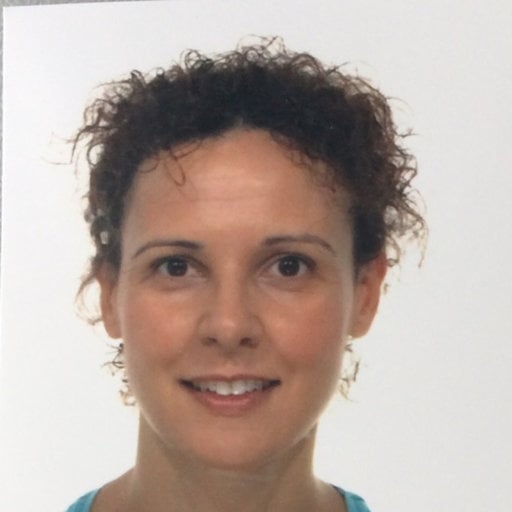Health and Performance of Water Based Exercise and Sports
A special issue of Sports (ISSN 2075-4663).
Deadline for manuscript submissions: closed (20 November 2023) | Viewed by 18384
Special Issue Editors
Interests: sport performance; athlete’s stress management; ageing wellbeing
Special Issues, Collections and Topics in MDPI journals
Interests: athlete’s health; athlete’s stress management; training monitoring; performance analysis
Special Issues, Collections and Topics in MDPI journals
Special Issue Information
Dear Colleagues,
Water-based exercise and swimming combine upper and lower extremity strength exercises with cardiovascular training in a non-weight bearing environment and offer many physical and mental health profits. Parents of children with developmental disabilities can expand their family connections. Pregnant women can improve their physical and mental health. Older adults and people with diabetes and heart disease can improve their quality of life and decrease disability. Swimmers have about half the risk of death compared with inactive people. On the other hand, competitive swimmers undergo daily high-volume extensive swimming and high-intensity refinement training sessions that lead them to be prone to injuries mostly classed as overuse and relate to faulty biomechanics. A deep understanding of individual swimming biomechanics and training load can aid in the prevention and early recognition of symptoms. A detailed profile of athletes’ physical fitness can allow the determination of the underlying performance qualities for optimal training plans. The assessment of the effects of recreational water-based exercise on mental and physical fitness can offer the basis for the development of a wide range of health-related exercise programs associated with quality of life.
Prof. Dr. Cristina Cortis
Dr. Sabrina Demarie
Guest Editors
Manuscript Submission Information
Manuscripts should be submitted online at www.mdpi.com by registering and logging in to this website. Once you are registered, click here to go to the submission form. Manuscripts can be submitted until the deadline. All submissions that pass pre-check are peer-reviewed. Accepted papers will be published continuously in the journal (as soon as accepted) and will be listed together on the special issue website. Research articles, review articles as well as short communications are invited. For planned papers, a title and short abstract (about 100 words) can be sent to the Editorial Office for announcement on this website.
Submitted manuscripts should not have been published previously, nor be under consideration for publication elsewhere (except conference proceedings papers). All manuscripts are thoroughly refereed through a single-blind peer-review process. A guide for authors and other relevant information for submission of manuscripts is available on the Instructions for Authors page. Sports is an international peer-reviewed open access monthly journal published by MDPI.
Please visit the Instructions for Authors page before submitting a manuscript. The Article Processing Charge (APC) for publication in this open access journal is 1800 CHF (Swiss Francs). Submitted papers should be well formatted and use good English. Authors may use MDPI's English editing service prior to publication or during author revisions.
Keywords
- water-based exercise
- swimming
- physical health
- mental health
- exercise for health
- athletes’ health
- fitness tests
- training monitoring
- training individualization







